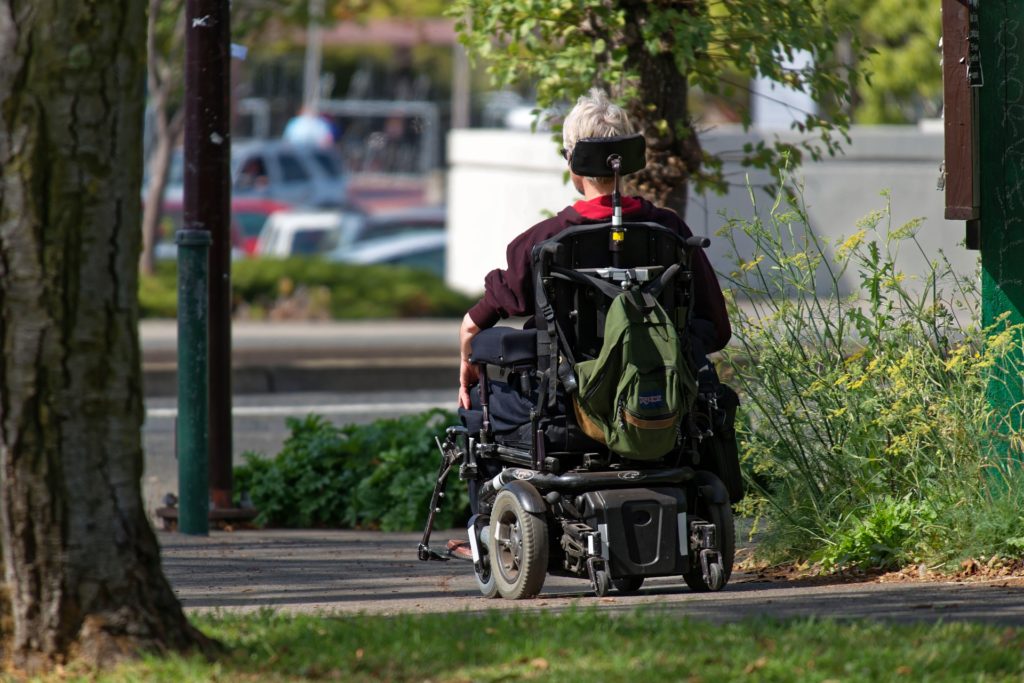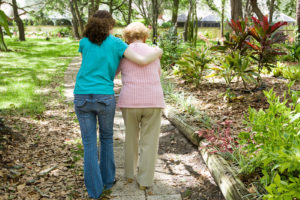
According to the CDC, strokes are the fifth leading cause of death in the United States. Each year, nearly 800,000 suffer from a stroke, and nearly three quarters of those people will be over the age of 65. In fact, between the ages of 55 and 85, the risk of having a stroke doubles every decade. Strokes are responsible for more long term disabilities than any other disease.
Sounds pretty bleak, doesn’t it? While strokes can certainly be scary, the good news is that there are preventative measures you can take to minimize the risk of stroke in your senior loved one. If a stroke does occur, early recognition and medical intervention can reduce permanent damage.
Keep reading to learn more about what a stroke is, recognizing a stroke and assisting your senior loved one through the recovery process.
How Does a Stroke Occur?
There are two different types of stroke: the ischemic stroke, which is similar to a heart attack, and the hemorrhagic stroke, which occurs when a blood vessel in the brain ruptures.
Accounting for about four out of every five cases, ischemic stroke is by far the most common. This occurs when a clot forms in or travels to the brain, blocking the flow of blood to the brain’s cells. When this happens, some brain cells die immediately because they don’t get the oxygen that they need. Other cells don’t die immediately, but are weakened and at risk of death.
This is where early intervention comes in. If treatment is provided in time, these cells may be able to be saved, minimizing the long term damage.
Recognizing a Stroke
There are several common symptoms of a stroke, including:
- Numbness or weakness in the facial muscles or limbs on one side of the body
- A sudden severe headache
- Inability to form words properly or understand what other are saying
- Loss of vision in one or both eyes
- Any of these symptoms accompanied by a loss of balance
Act F.A.S.T.
If you suspect that your senior loved one is suffering from a stroke, quick action is key to a better chance of recovery. The acronym F.A.S.T. is a handy memory tool that you can use as a guide when dealing with a possible stroke victim.
Face – Ask the person to smile, and check to see if their facial muscles are lopsided or uneven.
Arms – Instruct your loved one to raise both arms and check to see if one is weak.
Speech – Listen to their speech, noting if they use nonsense words, unusual sentence structure or slurring.
Time – Call 911 at the first sign of a stroke.
After a Stroke
A stroke is a life-changing event, and it takes knowledge and patience to overcome all the obstacles that present themselves. Follow these tips to help your senior loved one enjoy the best possible health after suffering from a stroke.
- Strengthen the body through a health, well-balanced diet and a gentle exercise regimen
- Avoid alcohol, nicotine and any other substance that directly affects the brain or nervous system
- Pursue rehabilitation services to help restore any skills that might have been lost, such as speech therapy, physical therapy and occupational therapy
Arranging for long-term care and treatment is a wonderful way to improve your loved one’s quality of life. To learn more about Sagepoint’s long-term skilled nursing care, contact one of our trained Advisors today.
[wp_blog_designer]









 Equal Housing Opportunity
Equal Housing Opportunity